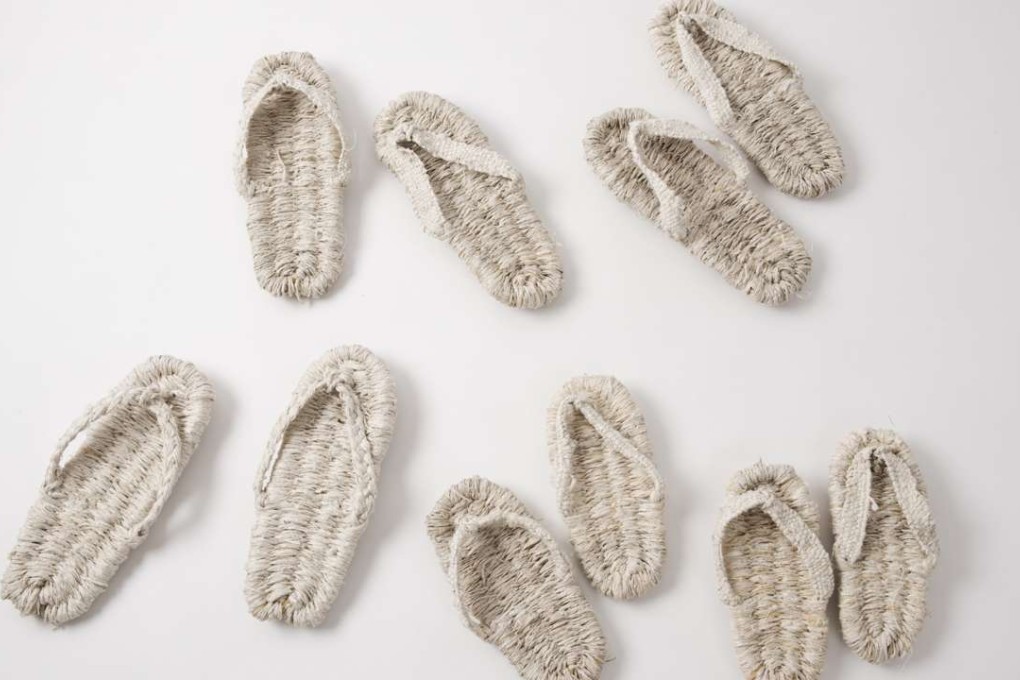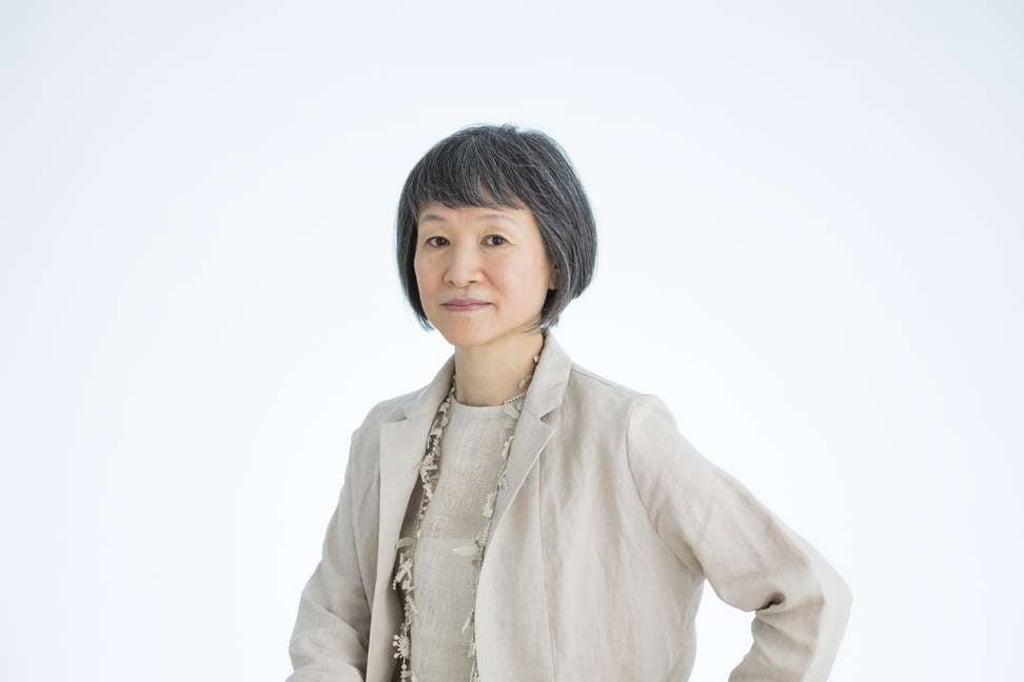Why Reiko Sudo wants to reuse what other textile makers refuse

For Japanese textile designer Reiko Sudo, recycling is not just about environmental and social consciousness. It is essential to keeping her – and the 50 small workshops across Japan that weave and stitch her innovative creations – in business.
“In our business, we amass mountains of scraps, which is a serious problem for us. The bottom line is that we can’t afford to be wasteful,” she said at a recent forum on women’s commitment to technology in textiles, hosted by the MILL6 Foundation in Hong Kong.
“If we produce a 50-metre length of fabric and then find a tiny flaw right at the very end, the entire piece will be rejected by our client, even if it is hardly noticeable,” she adds.
“We can’t return this sort of ‘reject’ to a tiny workshop as it would completely destroy their business, so I had to find another way to use the flawed materials.”

Her works have been shown at major international museums, including New York’s Museum of Modern Art, London’s Victoria & Albert Museum, and the National Museum of Modern Art’s Craft Gallery in Tokyo.